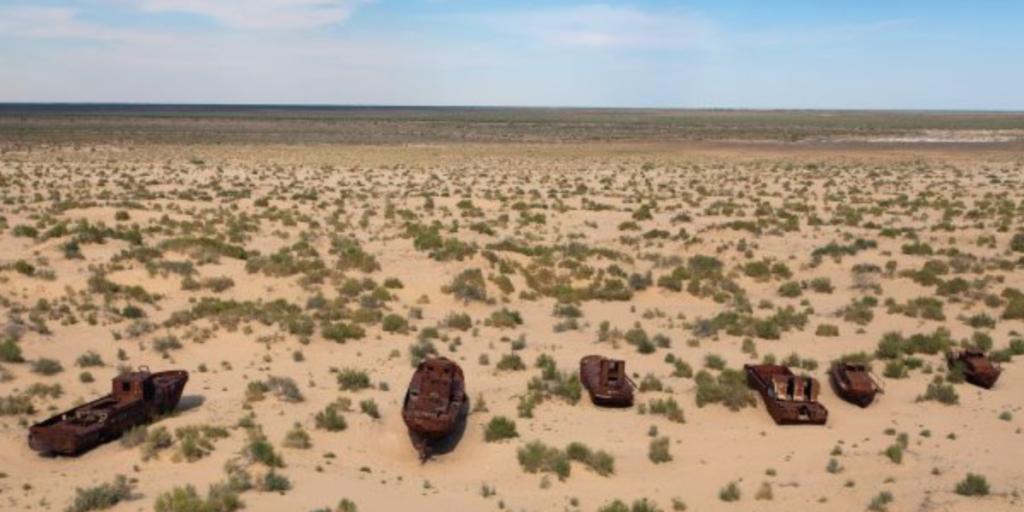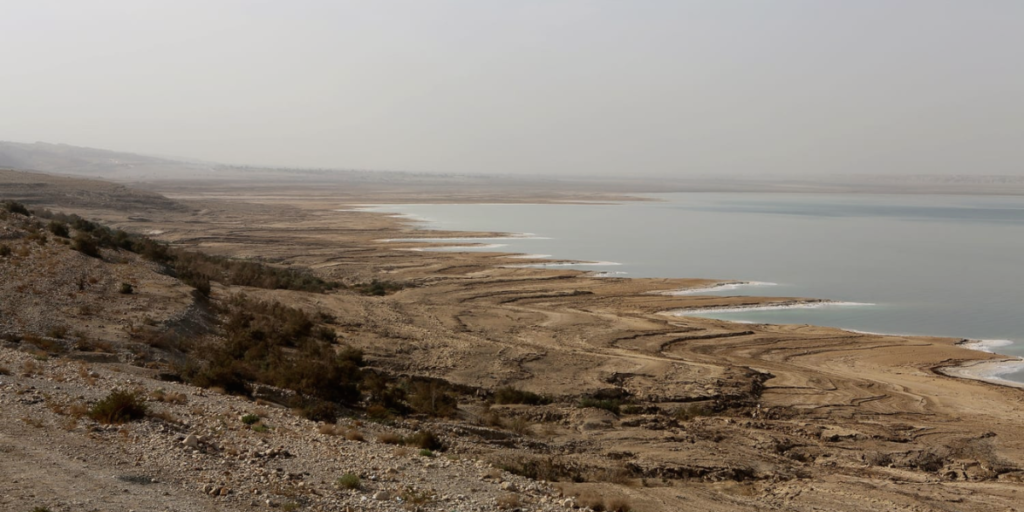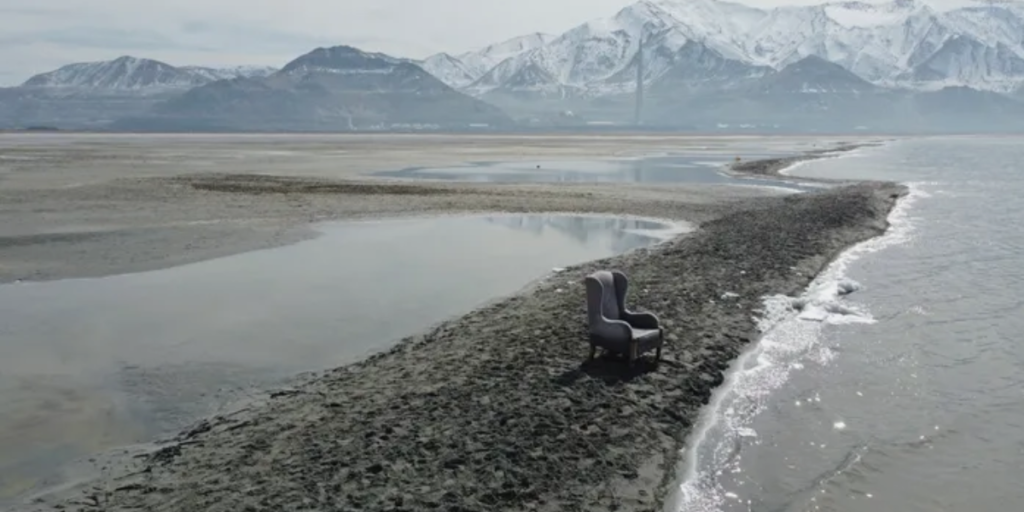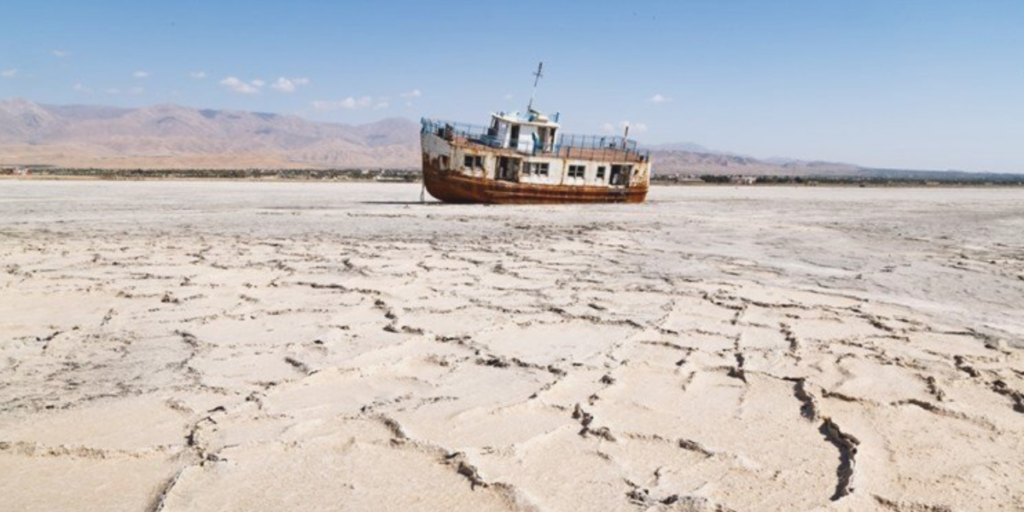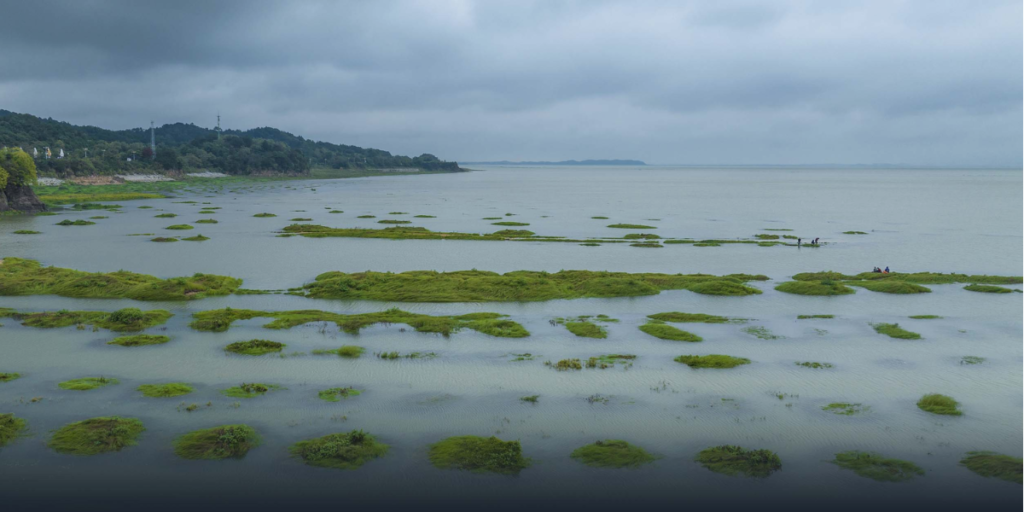Lakes, often regarded as the tranquil hearts of ecosystems, provide sustenance, beauty, and a delicate balance to their surrounding environments. However, many of these natural wonders are vanishing due to various factors such as climate change, human activity, and natural processes. Here’s a look at the top 10 vanishing lakes around the world, their significance, and the reasons behind their alarming disappearance.
The Aral Sea (Kazakhstan and Uzbekistan)
Once the fourth-largest lake in the world, the Aral Sea has shrunk to a fraction of its original size. The primary cause of this drastic reduction was the diversion of the rivers that fed it for irrigation projects during the Soviet era. The drying of the Aral Sea has led to severe ecological and economic consequences, including the loss of fish species and a significant decline in the fishing industry. The exposed lakebed has also resulted in toxic dust storms, posing health risks to the local population.
Lake Chad (Chad, Niger, Nigeria, and Cameroon)
Lake Chad was once one of Africa’s largest freshwater lakes, supporting over 30 million people. However, it has shrunk by over 90% since the 1960s. Climate change, over-irrigation, and increased water demand have contributed to its decline. The diminishing lake has exacerbated regional conflicts and food insecurity, highlighting the critical need for sustainable water management practices in the region.
The Dead Sea (Jordan and Israel)
Famous for its high salinity and buoyancy, the Dead Sea is steadily shrinking. The primary reasons for its reduction are water diversion from the Jordan River, which is its main source, and mineral extraction by industries. The dropping water levels have resulted in sinkholes along the shores, causing infrastructure damage and posing risks to the local communities and tourists.
Lake Poopó (Bolivia)
Lake Poopó, Bolivia’s second-largest lake, has almost completely dried up. Its disappearance is attributed to climate change, water diversion for mining and agriculture, and a prolonged drought. The drying of Lake Poopó has devastated local wildlife and displaced indigenous communities who relied on the lake for their livelihood.
The Great Salt Lake (Utah, USA)
The Great Salt Lake, the largest saltwater lake in the Western Hemisphere, has been shrinking due to water diversion for agriculture and urban use. The reduced inflow of freshwater has increased the lake’s salinity, threatening its unique ecosystem. The lake’s decline has also impacted local industries, such as brine shrimp harvesting and mineral extraction.
Lake Faguibine (Mali)
Lake Faguibine in Mali has experienced significant fluctuations in water levels, with periods of complete drying. The main causes include changes in rainfall patterns, sedimentation, and human activities such as dam construction. The drying of Lake Faguibine has led to desertification, loss of agricultural land, and displacement of local communities.
Lake Urmia (Iran)
Lake Urmia, once one of the largest saltwater lakes in the Middle East, has seen a dramatic reduction in size due to dam construction, irrigation projects, and climate change. The shrinking lake has led to increased salinity, adversely affecting the biodiversity and local communities. Efforts to restore the lake are underway, but the challenges remain significant.
Lake Balkhash (Kazakhstan)
Lake Balkhash is one of the largest lakes in Central Asia, but it is facing a decline in water levels due to reduced inflow from its main tributary, the Ili River. The primary reasons include water diversion for agriculture and industrial activities. The shrinking of Lake Balkhash poses a threat to its unique ecosystem, which supports numerous plant and animal species.
Lake Poyang (China)
Lake Poyang, China’s largest freshwater lake, has been shrinking due to reduced inflow from the Yangtze River and increased water extraction for irrigation and human consumption. The decline in water levels has impacted the local fishery industry and threatened the habitat of migratory birds. Efforts to regulate water usage and protect the lake’s ecosystem are ongoing.
Lake Chade (Mexico)
Lake Chade in Mexico, a once-thriving freshwater lake, has almost completely vanished. The primary reasons for its disappearance are water diversion for agriculture and changes in local climate patterns. The loss of Lake Chade has resulted in the decline of local biodiversity and negatively impacted the surrounding communities.
Conclusion:
The vanishing lakes highlighted in this article serve as stark reminders of the delicate balance within our natural ecosystems and the far-reaching consequences of human activity and climate change. These lakes, once vital sources of life and culture, are now symbols of environmental degradation. Efforts to save these lakes are crucial not only for preserving biodiversity but also for sustaining the livelihoods of millions of people who depend on them. We must adopt sustainable water management practices, mitigate the impacts of climate change, and work towards restoring these natural wonders before the lakes disappear completely.


